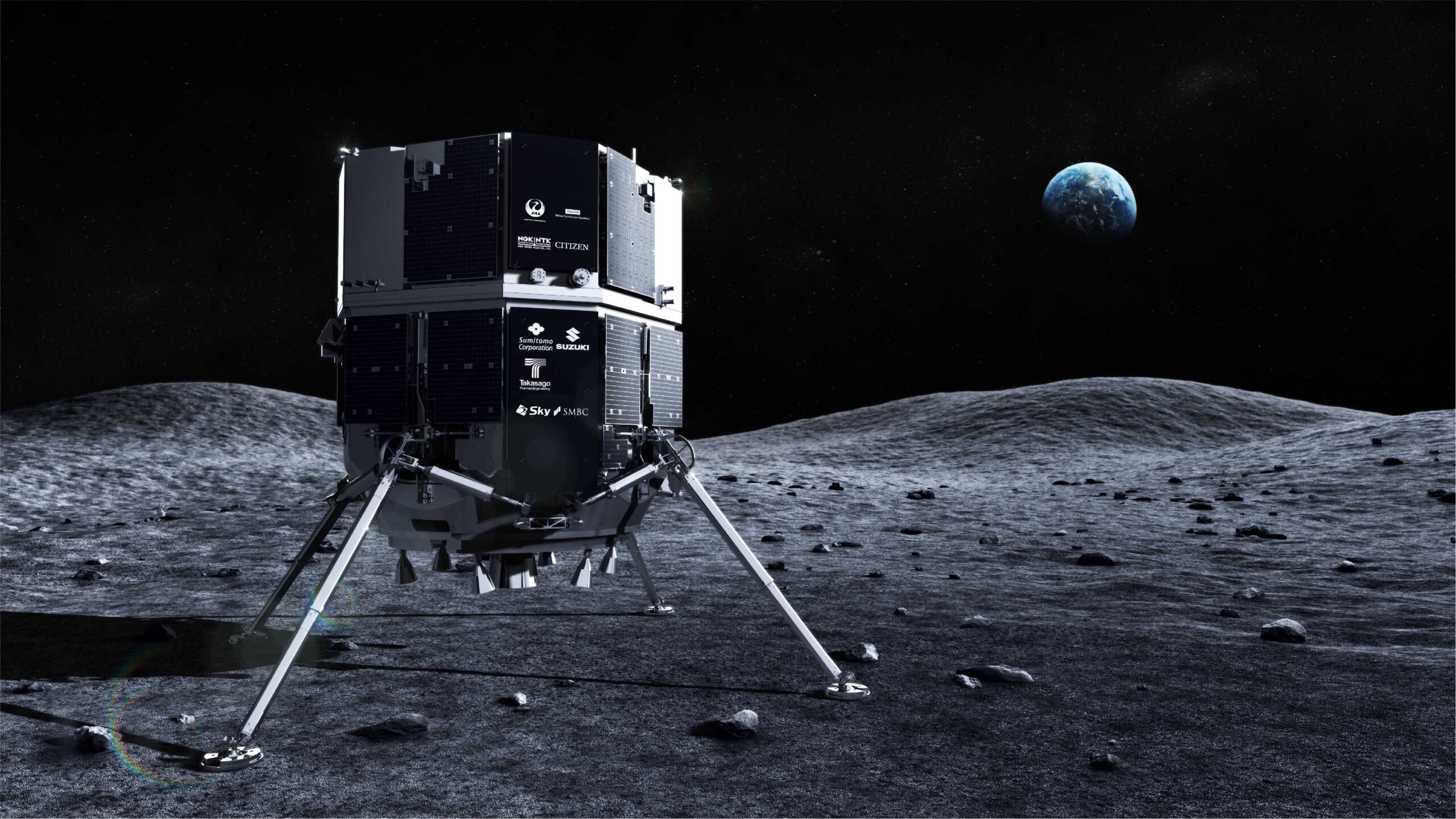WASHINGTON — An agreement between the United States and Japan on contributions for the Artemis lunar exploration campaign could create additional opportunities for a Japanese lunar lander developer.
Tokyo-based ispace cited the April 10 agreement between NASA and the Japanese government regarding roles in Artemis as a potential new market for the company. Under the agreement, the Japanese space agency JAXA will provide a pressurized rover for Artemis mission starting in the early 2030s, with NASA includes two seats on Artemis landing missions for JAXA astronauts.
“We believe that the Japan-U.S. agreement on the Artemis program, made in April of this year, created a quite positive business environment for us to work with and contribute to the governments of the various countries,” Takeshi Hakamada, chief executive of ispace, said in a May 10 earnings call about the company’s financial results for the fiscal year ending in March 2024.
He argued that the agreement would create demand for the kinds of small robotic lunar landers that ispace is developing. “A number of scientific exploration and technology demonstration missions using small landers will most likely be required,” he said. “Once manned missions begin, supplementary missions using small landers will also be necessary.”
He acknowledged later in the call that it was too early to estimate how big this demand for additional landers might be from Japan. He noted that the Japanese government plans to invest one trillion yen ($6.4 billion) over 10 years in the country’s commercial space sector. “We assume a large, significant portion of the funding will be allocated to lunar-related activities in the future,” he said.
The company is currently working on three landers in Japan and the United States. Its Mission 2, or M2, lander, a copy of the HAKUTO-R M1 lander that crashed attempting a landing in April 2023, is nearing completion. It is scheduled to launch on a Falcon 9 late this year.
The company’s U.S. subsidiary, ispace U.S., is developing its first APEX 1.0 lander under a contract with Draper for a NASA Commercial Lunar Payload Services mission in 2026 that ispace calls M3. In Japan, ispace is starting design of a lander called Series 3 supported by a Japanese government grant that will launch on a mission designated M6 in 2027.
That parallel development is capital intensive. The company raised 8.1 billion yen in a secondary stock sale March 28, with most of the funding going towards aspects of the M3 lander, including its launch and work on two relay satellites needed for communications with the lander, which will go to the far side of the moon. The company also borrowed 7 billion yen from Sumitomo Mitsui Banking Corporation April 30.
“We expect to record a net loss due to a large R&D cost for the development of the landers, therefore, we concluded that it was crucial for us to maintain an equity buffer to improve our financial health,” said Jumpei Nozaki, chief financial officer of ispace, explaining why the company raised money through the stock sale and loan.
The company reported net sales of 2.36 billion yen for the fiscal year ending March 2024, with a net loss of 2.37 billion yen. That loss, he said, was reduced from the proceeds of an insurance policy the company had taken for the M1 lander. For the current fiscal year ending in March 2025, ispace is forecasting a much bigger loss, of nearly 12.5 billion yen, with net sales of 4.03 billion yen.
The sharp increase in the net loss, Nozaki said, is linked to the projected completion and launch of M2 and ongoing work on M3. “This will be a significant net loss,” he said. “But, let me stress that this amount of net loss is in line with our original plan and projections.”
The company also announced in the earnings call it had signed up a new customer for M3, a Romanian company called CDS that will demonstrate precision location measurement technology on the lander. CDS is the third customer for M3 after NASA and Rhea Space Activity, which will test navigation technologies on the relay satellites accompanying the lander.
Related
Read the original article here
